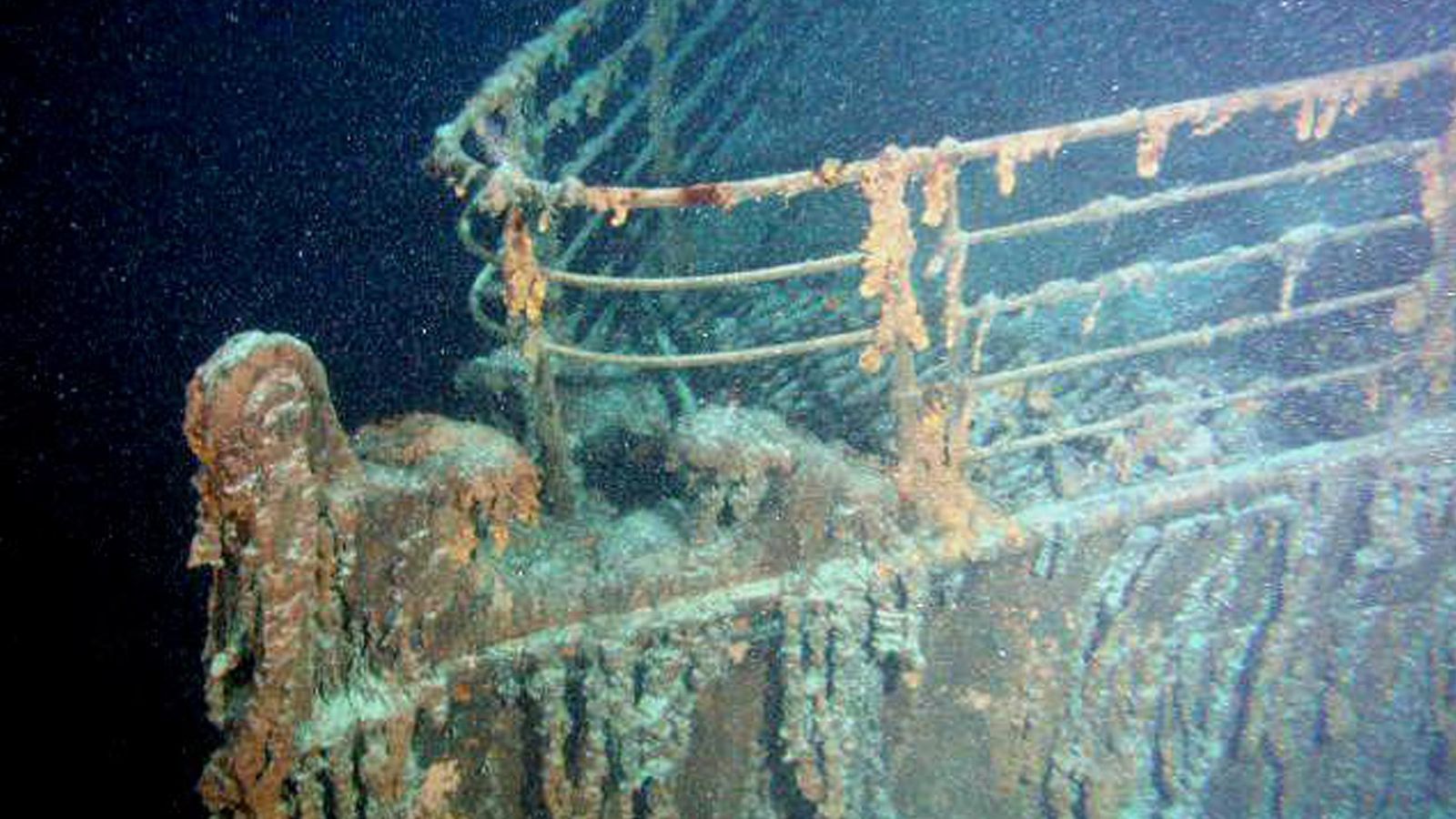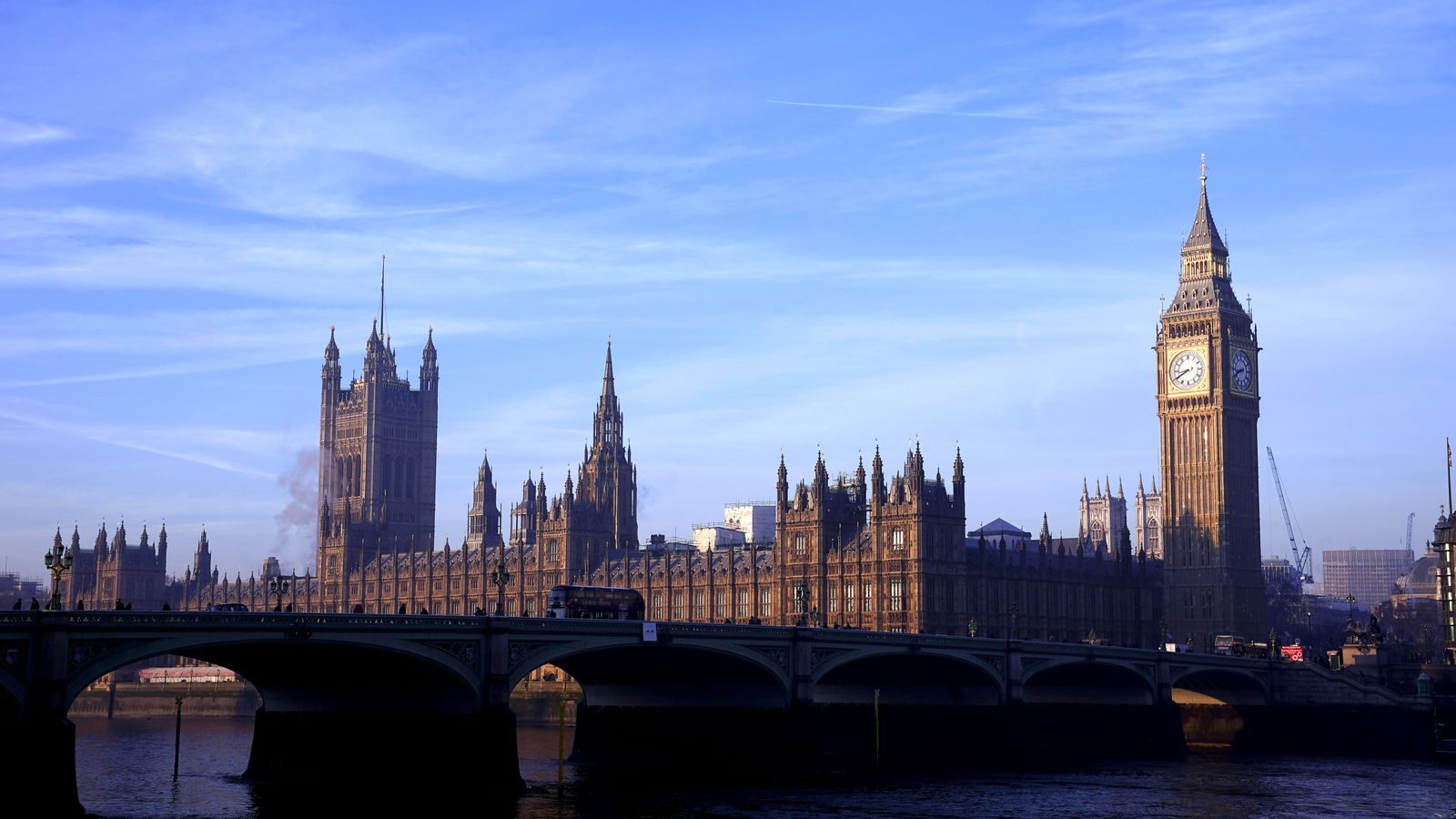More than 111 years after it sank, the Titanic remains one of the world’s most famous shipwrecks and a source of huge intrigue.
With the vessel having long been deemed too fragile to raise back to the surface, the only hope researchers and explorers have had of seeing what’s left is to head underwater.
‘No way to escape’ – latest on missing Titanic submarine
It had already been more than 70 years since the Titanic collided with an iceberg on its maiden voyage when it was finally discovered off Newfoundland, Canada, in 1985.
More than 1,500 people were killed, with just 705 survivors.
What was left when the Titanic was found?
The wreckage was found by a French-American expedition.
The ship had been split into two pieces some 2,600ft apart, with the stern (the back of the hull) left largely unrecognisable but the bow (the front) remarkably intact.
Incredible images from the site featuring the Titanic’s bow, a propeller, an officer’s cabin window, and even several cooking pots and dozens of dinner plates led news bulletins around the world at the time.
It kicked off a wave of expeditions to the wreckage, including further research ventures, and famous trips by film director James Cameron to get footage for his 1997 blockbuster based on the tragedy.
The bow flooded slowly and more smoothly than the stern, and has proved easier to traverse. Explorers have been inside toilets and bathrooms, and you can watch footage online from inside a reception room and dining area.
Staff rooms and cargo holds have also been explored, though some of the most iconic parts of the bow’s interior, including the grand staircase, are thought to have been destroyed when the Titanic sank.
Some items recovered over the years have sold at auction, including a lunch menu saved by a first-class passenger that fetched $88,000 (£58,000) back in 2015, shaving kits, children’s toys, and tobacco pipes.
What can be seen now?
Since 2021, OceanGate – the operator of a submersible that has gone missing exploring the site – has offered commercial missions, with tickets costing $250,000 (£195,000) for an eight-day trip.
Last year, the company released new footage showing the ship’s bow, port side anchor, hull, and anchor chain.
It said it had noticed some differences at the wreckage compared to its previous visits, as the 12,500ft depths of the North Atlantic continue to place immense strain on what remains.
Along with the deep sea currents themselves, scientists have said the ship is succumbing to metal-eating bacteria called halomonas titanicae, with more holes spreading across the wreck.
Other marine life also now calls the area of the wreckage home, and rusticles hang from the hull.
Since being found, the forward mast, crow’s nest, poop deck, and the captain’s bathtub are known to have either been destroyed or disappeared – and there are fears the iconic bow could soon follow.
How long does the wreckage have left?
While the wreckage is protected by the United Nation’s UNESCO heritage programme and a UK-US agreement, scientists have long been concerned that too many expeditions risk causing the Titanic to decay faster.
OceanGate has said the ship’s deterioration makes their expeditions all the more important, so those visiting the wreckage can see it before it disintegrates and researchers can try to unlock more secrets of the disaster.
The company’s missions are “conducted respectfully” and comply with UNESCO guidelines, it says on its website.
Be the first to get Breaking News
Install the Sky News app for free
Experts have suggested the Titanic may no longer be explorable within the next 10 to 15 years.
Researchers have prepared for the inevitable by creating a digital twin of the Titanic, which recreates the ship in never-before-seen detail.
Titanic expert Parks Stephenson said it is “the beginning of a new chapter” for Titanic exploration and research.






